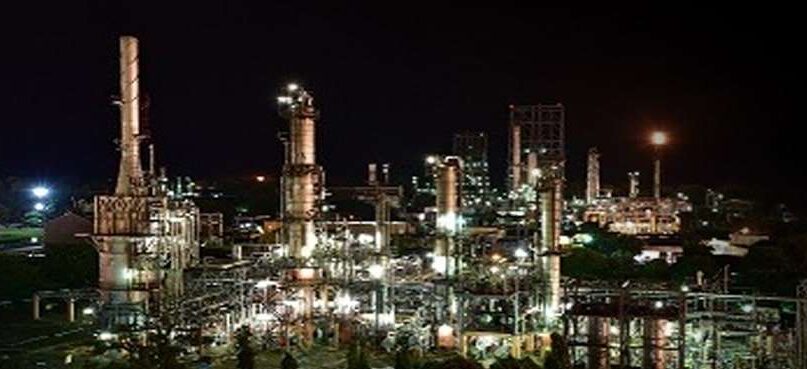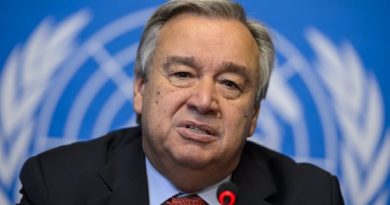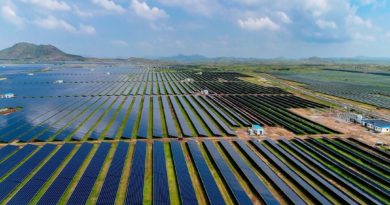India achieves 20% ethanol blending, sets sight on 30% by 2030
Hardeep Singh Puri credited investor-friendly reforms, faster clearances, scientific exploration, and a strong focus on sustainability as the driving forces behind India's evolving energy landscape.

India has successfully achieved 20% ethanol blending in petrol—a significant milestone reached six years ahead of the original target—announced Hardeep Singh Puri, Minister of Petroleum and Natural Gas. The announcement was made during the Open Acreage Licensing Policy (OALP) Round-IX and Special Discovered Small Field (DSF) Signing Ceremony.
As hinted by the Petroleum Minister, the central government is now aiming for 30% ethanol blending by 2030 as part of its broader strategy to reduce dependence on imported fossil fuels and combat environmental challenges. Hardeep Singh Puri emphasized that while this is the intended direction, further groundwork is essential to reach the 2030 target.
India’s journey with ethanol blending began in 2001 as a pilot initiative. At the time, the ethanol share was just 1.4% in 2014. Public Sector Oil Marketing Companies (OMCs) met the 10% blending target in June 2022—five months ahead of the schedule for Ethanol Supply Year (ESY) 2021–22. The blending rate rose to 12.06% in ESY 2022–23 and further to 14.60% in ESY 2023–24.
The National Policy on Biofuels, introduced in 2018 and amended in 2022, had already advanced the target of achieving 20% ethanol blending from 2030 to ESY 2025–26. With the latest figures, India has surpassed expectations significantly ahead of time.
Puri credited investor-friendly reforms, faster clearances, scientific exploration, and a strong focus on sustainability as the driving forces behind India’s evolving energy landscape. He reaffirmed the government’s commitment to building a resilient, future-ready energy ecosystem in line with the “Viksit Bharat” vision.
Highlighting the urgency for domestic energy development, Puri noted that India currently imports 88% of its crude oil and 50% of its natural gas. With 25% of the world’s incremental energy demand expected to come from India over the next two decades, he underscored the importance of accelerating exploration and production efforts.




